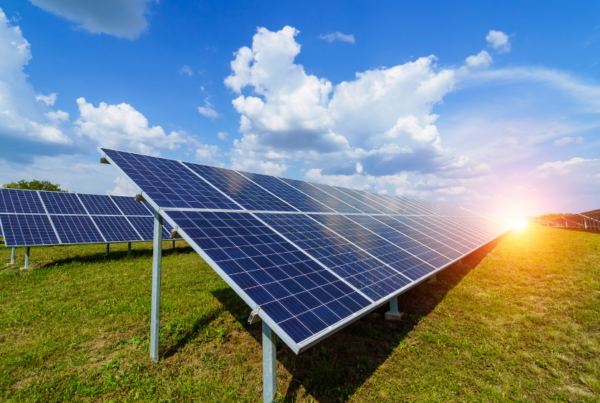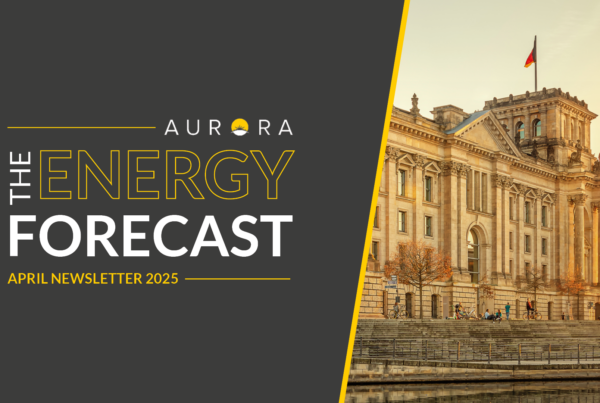
Introduction
The Western Balkans, historically reliant on coal and fossil fuels, are on the cusp of an energy transformation. With increasing pressure from commitments to the Energy Community and declining profitability of older thermal power stations, these countries are poised for a major shift towards renewable energy. The region’s vast potential for solar, wind, and hydropower, combined with advances in energy storage, is positioning the Western Balkans as a player in Europe’s green energy future. This article explores the economic drivers, technological advancements, and policy shifts pushing this energy transition forward.
Key drivers of this transition:
- Economic Viability of Renewables: Over the past decade, the cost of solar and wind power has plummeted, making renewables more attractive than traditional fossil fuels. For instance, Albania, with its significant hydropower infrastructure, is now turning towards solar to diversify its energy mix. Similarly, Serbia’s wind potential is being harnessed to supply more stable and affordable energy. The competitiveness of renewable energy versus aging coal units stands clear.
- EU and Global Climate Targets: Western Balkan countries, while not all EU members, are aligning themselves with the EU’s Green Deal goals, aiming for net-zero emissions by 2050. This alignment is crucial for future economic integration and access to EU funds, which are increasingly tied to sustainability goals.
- The Role of Energy Storage: As renewable penetration increases, energy storage becomes essential. The integration of battery storage systems, both small-scale and utility-sized, allows for the balancing of intermittent energy sources like wind and solar. North Macedonia, for instance, is experimenting with storage projects to stabilise its grid.
- Foreign Direct Investment and Green Financing: Countries in the region are seeing an influx of investment in green technologies. International banks and development funds are prioritising green energy projects, with solar farms and wind parks leading the way. Montenegro’s Bijela wind park, the largest in the region, serves as a case study for how foreign financing can drive large-scale renewable development.
Reflection
What’s particularly exciting is the rapid pace of this transition. Countries that were once heavily dependent on coal are now charting paths toward a fast transition to renewable energy and modern grids. This shift isn’t just driven by environmental goals; it’s predominantly about economic resilience and growth. For businesses and investors, the Western Balkans present a unique opportunity—a region that is ripe for renewable energy investment, supported by favorable policies and a growing commitment to clean energy, while thermal fleets approach retirement.
Yet, challenges remain. The integration of renewables into aging grid infrastructure, a lack of regional cooperation, and potential pushback from entrenched fossil fuel industries pose significant hurdles. However, opportunities will likely emerge for players who closely monitor the market and strategically make their moves.
Conclusion
The Western Balkans are at a critical juncture. With the right combination of policy support, investment, and technological innovation, the region could become a leader in Europe’s energy transition. The economic and environmental benefits of embracing renewables are clear, and the countries that move quickly will reap the rewards—both in terms of energy security and green growth.
During the next decade, the Western Balkans could see a true renewable revolution, offering a model for how emerging economies can transition to a clean energy future. As such, we are planning to soon expand our modelling capabilities in the Western Balkans at Aurora and start offering standard off-the-shelf forecasting.
For more details, please reach out to Foteini Kakavia.
Authored by: Panos Kefalas, Research Lead Expert






